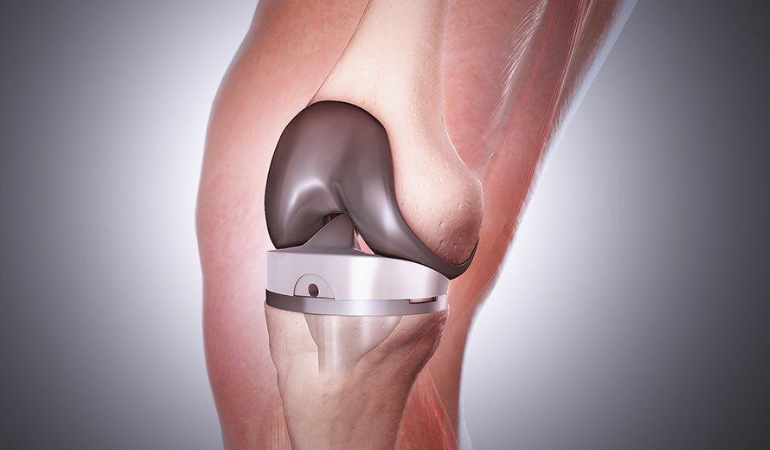Orthopedic innovations in joint replacement have significantly improved patient outcomes and surgical precision. Here are some of the latest advancements:
Robotic-Assisted Surgery:
Robotic systems like the MAKOplasty and ROSA Knee System enhance precision in joint replacement surgeries. These systems allow surgeons to create a 3D model of the patient’s joint, plan the procedure accurately, and use robotic arms to assist in precise bone cutting and implant placement.
Custom-Made Implants:
Advances in imaging technology and 3D printing have enabled the creation of custom-made implants tailored to the specific anatomy of each patient. These personalized implants improve the fit and function, reducing the risk of implant loosening and increasing the longevity of the joint replacement.
Minimally Invasive Techniques:
New surgical techniques have been developed that minimize tissue damage, reduce postoperative pain, and shorten recovery times. Minimally invasive approaches involve smaller incisions and less disruption of the surrounding muscles and tissues .
Enhanced Materials:
Innovations in implant materials, such as highly cross-linked polyethylene, ceramic, and titanium, have improved the durability and performance of joint replacements. These materials are more resistant to wear and corrosion, leading to longer-lasting implants .
Biologic Enhancements:
The use of biologics, such as stem cells and growth factors, is being explored to enhance the healing process and improve the integration of implants with the bone. These biological enhancements can potentially reduce recovery times and improve the overall success of joint replacement surgeries .
Computer Navigation:
Computer-assisted surgery provides real-time feedback and helps in the accurate alignment of implants. This technology improves surgical outcomes by ensuring that implants are positioned correctly, which is crucial for the long-term success of joint replacements .
Smart Implants:
The development of smart implants equipped with sensors that can monitor the condition of the joint and the implant in real-time is on the rise. These smart implants can provide data on load distribution, temperature, and early signs of wear, allowing for proactive management of joint health .

